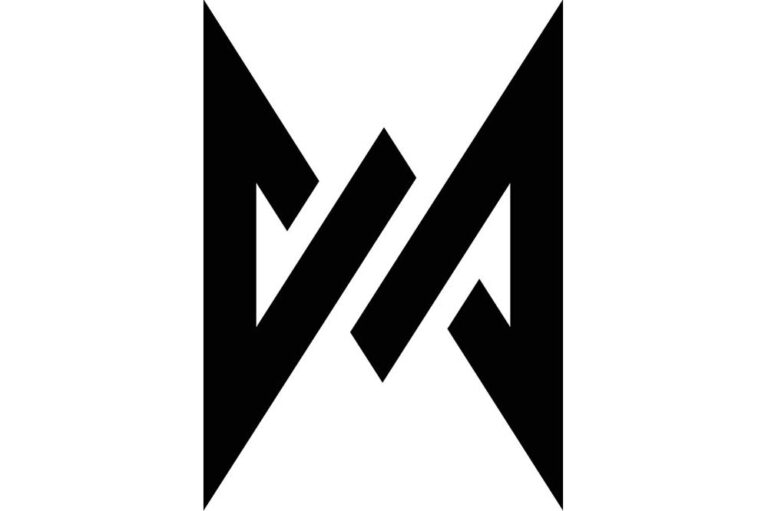The word “Uber” cropped up in my life several times last week, so I became curious about what it costs to be an Uber cab driver. My conclusion is that it’s not worth it.
Uber and its drivers I expect will have a different opinion. Maybe my calcuations are wrong or unrealistic. If so, please leave a comment. This is a discussion, not a Matt Warner Proclamation.
What is Uber?
Uber is an app-driven way to hire taxicabs or to become a self-employed taxi driver.
Riders use the Uber phone app to summon the nearest roaming Uber driver. The app lets riders know what driver to expect and even shows a moving icon on a map. At the completion of the ride, the rider’s payment method is charged; no cash changes hands. The payment goes through Uber’s bank, and Uber takes a commission before forwarding the balance to the driver. Drivers and riders can leave satisfaction ratings for each other.
Drivers likewise use the Uber app to signal they’re ready to be hired. It appears easy to become a driver: just upload documentation like your driver’s license, car registration, and proof of insurance to Uber, undergo a background check, and blam, you’re in business with your own car.
The appeal of using Uber as a passenger includes not having to use cash and receiving information about your driver. The fares might also be cheaper than an ordinary cab, depending on who you talk to.
The appeal of becoming a driver includes being your own boss and setting your own hours; that’s certainly worth a dog whistle from my world as a family man, business co-owner, and writer. I imagine there’s also the thrill of seeing the money ring up on your smart phone with every ride, like playing a real-world video game, plus the fringe benefit (if you’re an extrovert) of interacting with people.
The Driver’s Money
To build the below spreadsheet, I relied on Uber’s fare estimator to calcuate the fare-per-mile to three known destinations here in Staunton and Augusta County, VA. I averaged those figures to use as the gross rate in the “per fare mile” column.
The “Vehicle costs” per mile assumption uses the IRS standard mileage rate deduction for 2016. The IRS calculates this rate to be inclusive of fuel, depreciation, maintenance, taxes, and insurance.
Not shown are further start-up costs, such as the “No Smoking” and “No Alcohol” signs I would probably buy, and the Commodore stain protection I would seriously consider investing in prior to transporting my first drunk-sick college student. Uber also encourages drivers to give their passengers perks such as water bottles and gum; that would be an ongoing operating cost that’s not shown below.
The one-third (33%) set-aside for income tax is the figure we use here at Deena Warner Design to estimate our taxes. What it means is that once cost-of-business deductions are taken, one-third of every dollar deposited into our personal bank accounts gets escrowed into a savings account for income taxes. One-third is on the high end of our combined federal and state income tax liability. (We save separately for things like property tax and business licensure tax.)
Analysis
The strongest deterrent I can see to becoming an Uber driver is the operating cost per mile, assuming the IRS calculation is accurate. You don’t earn money when the passenger seat is empty, which means you’re only burning fuel when you’re roaming your area or even driving to pick up a waiting passenger; I labeled these non-fare miles as “overhead miles.”
The spreadsheet shows my estimate that, at least in this area, the take-home pay would be between 57 and 84 cents/mile. Counterbalance this figure against the overhead mile cost of 54 cents/mile, and it means you need roughly equivent numbers of fare and overhead miles just to break even.
Perhaps this ratio is acceptable to most Uber drivers. For all I know, they’re completely stationary while on the clock and between fares. Or maybe business is so plentiful that they never travel more than a couple overhead miles between fared rides, and the fared rides traverse several miles at a time. This latter scenario seems more likely for taxi driving in dense, urban areas.
Not so in my more rural area. Based on this local article from a year ago, I assume the Staunton/Waynesboro/Augusta County market isn’t nearly so profitable as the more populated Charlottesville market. Charlottesville is an 80-mile round trip for me. So if I wanted to do business there, I’d need to pick up at least 80 fared miles just to break even on a given day.
This of course doesn’t address the question of market saturation, about which I have no data. How many people in this area have downloaded the Uber app as either passengers or drivers? That would tell me if there was a healthy predator-prey balance. Uber, unfortunately, doesn’t appear to furnish that data nor seem to care, instead relying on the market’s inherent Darwinian capitalism to balance itself out.
A few frank conversations with Uber drivers might clear up some of these questions. If I do that, I’ll write on this topic again. But for now, I think it’s time to draw some …
Conclusions
It doesn’t seem financially viable to be an Uber driver around here. As others have pointed out, Uber could sweeten the pot by reducing their commission or allowing riders to tip drivers. They could also furnish data on market saturation so that both riders and drivers could make informed decisions ahead of time. But it seems unlikely they’ll do any of this. After all, they’re making money hand-over-fist and expanding internationally; why rock the boat?
As I said, I’m interested in your Uber experiences. Is my math wrong? Do you think I’m full of shit? Tell me.

